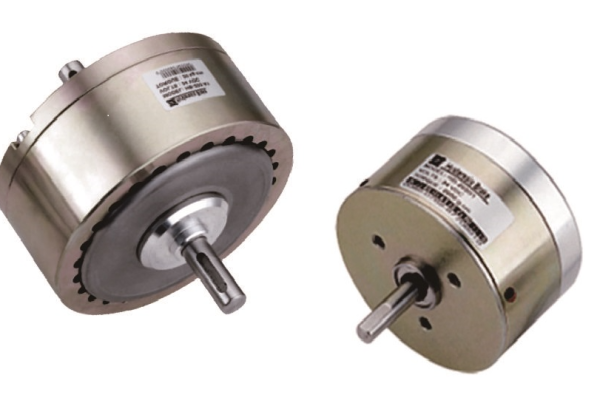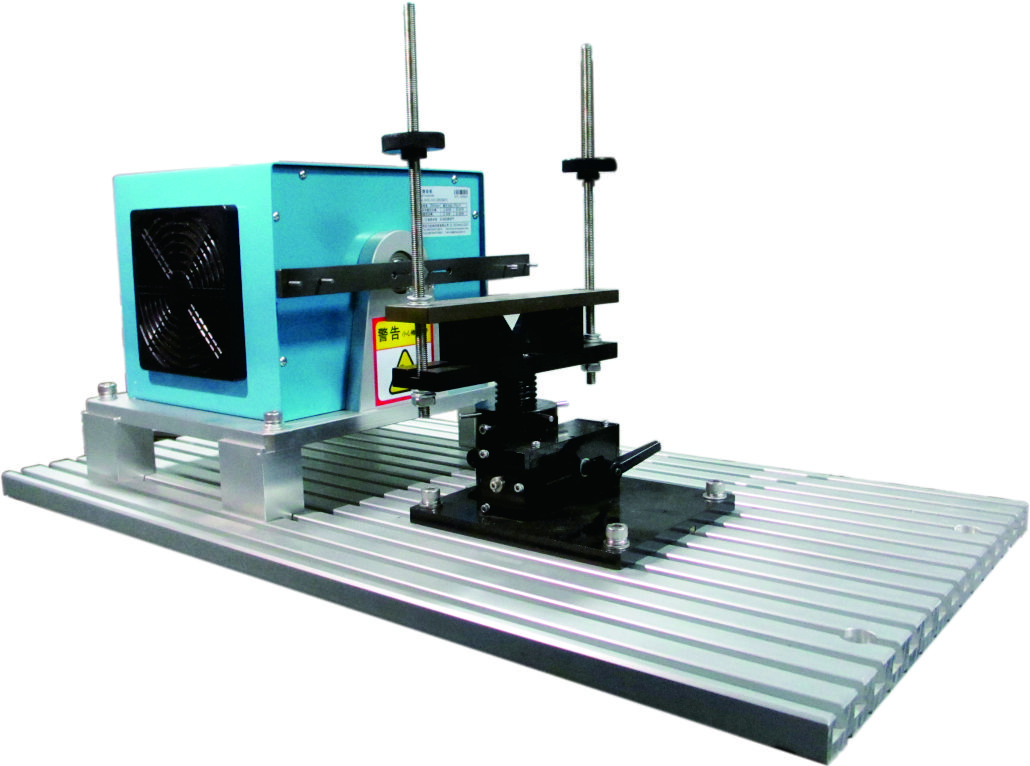
Imagine a world where machines whisper their secrets. Where every rotation, every torque spike, and every microscopic efficiency loss reveals itself with crystalline clarity. That's the realm unlocked by hysteresis brake dynamometers—the unsung heroes of modern engineering validation. Forget clunky, maintenance-heavy dinosaurs of yesteryear. This is where magnetic fields dance silently, capturing performance data with almost poetic grace. Let's peel back the curtain on technology that's transforming labs from Detroit to Shenzhen.
The heartbeat of innovation pulses strongest in testing facilities. Whether you're refining an electric vehicle motor or perfecting a drone propeller, you need to measure rotational forces with surgical accuracy. Enter the hysteresis brake dynamometer. Unlike friction-based systems that chew through components like a starving beaver, this marvel operates contact-free. It uses magnetic hysteresis—that fascinating property where materials \"remember\" magnetic fields—to generate precise, controllable braking torque. The result? Zero mechanical wear between rotating parts. Zero particulate contamination. Just pure, unadulterated data flowing like a mountain stream. 🌊
Why are engineers from aerospace giants to boutique robotics startups swooning over these systems? Start with precision. With hysteresis dynamometers, you're not just measuring torque; you're capturing nuances down to 0.1% accuracy. Picture testing a medical device motor where subtle vibrations could mean life or death. Hysteresis units detect those whispers where others hear only noise. Then there's durability. No brushes to replace, no fluids to leak, no friction surfaces to resurface. One automotive R\u0026D director told me: \"Our old dynamometer needed weekly downtime. Our hysteresis rig? We've run 15,000 hours with only calibration checks.\" 💪
But let's dive into the magic trick. When you spin a shaft inside a hysteresis dynamometer, alternating magnetic fields induce eddy currents in a special rotor disc. Resistance builds without physical contact—like trying to push against molasses made of magnetism. Adjust the electromagnetic field strength, and you dial torque up or down instantly. This responsiveness enables brutal duty cycle simulations. Test an e-bike motor through 0 to max RPM transitions? Done. Simulate sudden load spikes on an industrial pump? Easy. All while collecting data smoother than a jazz sax solo. 📈🎷
Applications explode across industries like fireworks. In EV development, hysteresis dynamometers torture-test motors through millions of cycles, mapping thermal behavior and efficiency islands. Wind turbine engineers use them to validate gearboxes under chaotic, real-world load profiles—no more extrapolating from idealized lab conditions. Even your humble kitchen blender owes its reliability to hysteresis testing; appliance makers run motors for months nonstop to catch failure modes before production. And in aerospace? They’re mission-critical for certifying everything from drone propulsion to helicopter tail rotors. ✈️🔋

How does it stack against alternatives? Hydraulic dynamometers battle fluid viscosity changes with temperature. Eddy current versions struggle with low-speed accuracy. Friction brakes? Say hello to consumable pads and heat management nightmares. Hysteresis tech sidesteps these beautifully. Its torque curve stays linear from near-zero RPM, enabling crawl-speed testing impossible elsewhere. Maintenance is practically zen-like: occasional air filter changes and software updates. One lab manager confessed they redirected three technicians to innovation projects after switching—that's operational efficiency speaking louder than any brochure. 🤫📉
Real-world impact stories abound. Consider NexGen Robotics, developing servo motors for surgical arms. Their previous dynamometer introduced vibrational artifacts at low torques. After switching to a hysteresis system, they isolated a resonance issue in 48 hours—saving six months of field failure diagnostics. Then there's VoltDrive, an e-scooter startup. They compressed validation time by 40% by simulating San Francisco hills with brutal, rapid torque reversals their old rig couldn’t handle. \"It's like upgrading from a sundial to an atomic clock,\" their CTO grinned. ⏱️🤖
Beyond raw specs, there's an elegance to hysteresis systems. Their whisper-quiet operation transforms labs from cacophonous factories to serene data sanctuaries. Engineers spot anomalies faster without head-splitting gear whine. Integration is equally graceful; modern units plug into CAN bus, EtherCAT, or LabVIEW ecosystems like Lego bricks. Cloud connectivity lets teams in Berlin monitor tests running in Buenos Aires—while AI algorithms mine the data for hidden failure patterns. This isn't just testing; it's predictive intelligence. 🧠☁️
What about customization? Top manufacturers offer modular designs. Need high-torque for marine engines? https://hedge.fachschaft.informatik.uni-kl.de/ayxPtR10QQefIexAu3h1WA/ like pancakes. Testing micro-motors for smart watches? Downsize with bench-top units. Cooling options range from simple air fins to liquid-chilled jackets for megawatt applications. Software suites now include pre-built profiles for ISO, SAE, and IEC standards—plus drag-and-drop scripting for bespoke torture tests. One user described programming a simulated Mars rover climb in 20 minutes: \"It felt like conducting an orchestra of electromagnetism.\" 🎻🪐

Looking ahead, hysteresis dynamometers are evolving with digital twins and machine learning. Imagine a test rig that learns your motor's \"fingerprint,\" then predicts lifespan under novel conditions. Or systems that auto-adjust tolerances based on real-time material fatigue analytics. As electrification and precision engineering explode, these tools become the bedrock of quality. They’re not just measuring devices; they’re co-creators in the innovation journey.

So, if you're still wrestling with temperamental dynamometers that guzzle downtime and spit out fuzzy data, pause. The hysteresis revolution is here—silent, relentless, and breathtakingly precise. It’s time to listen to what your machines are really saying. Ready to transform guesswork into genius? The future of testing spins on magnetic fields. Reach out, and let's calibrate your potential. 🚀💡
(For engineers, by engineers. Explore hysteresis dynamometer solutions at our innovation hub online—where data meets destiny.)
